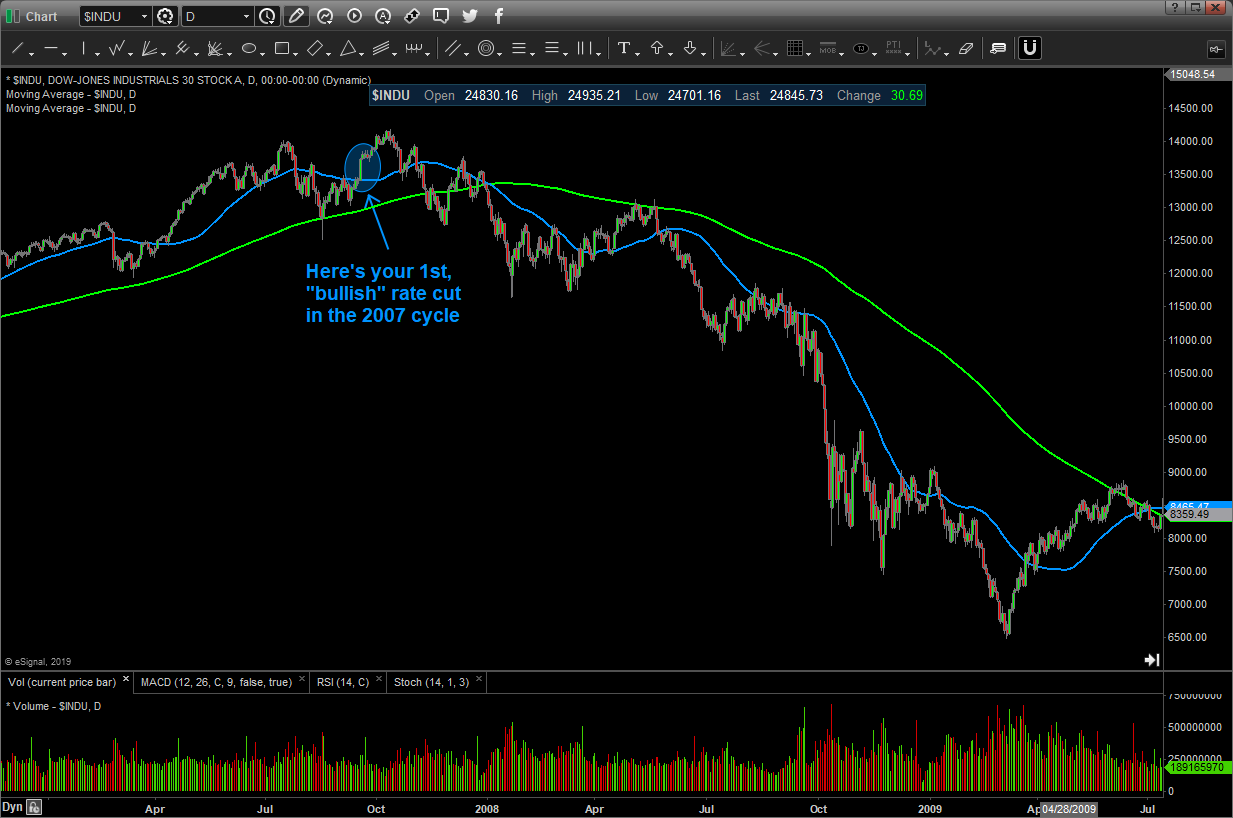With dramatic selling followed by Panic Buying it is important to remember this is not all about the virus, reports Mike Larson.
From panic selling to panic buying.
From widespread liquidation to widespread adoration.
From rampant Coronavirus fear to emerging coronavirus hope.
That’s the major shift we’ve seen on Wall Street in the past few days – and in the pricing of many markets. The S&P 500 has surged more than 550 points from its late-March lows. The Dow Jones Index tacked on more than 5,000 in the same timeframe. And earlier this week, even formerly rock-solid U.S. Treasuries began to give back some of their price gains, sending interest rates slightly higher.
How wild are these swings? Well, if you use the traditional 20% move as your benchmark, you could argue we went from a bull market in February to a bear market in March back to a bull market in April!
It’s enough to make your head spin. So, what should you do as an investor amid these moves?
If you already took all the “Safe Money” steps I’ve been recommending since early 2018 – and the additional ones since late January – nothing. And if you haven’t, there’s no better time like the present to get started.
Let me explain: My prognosis for the economy and the markets was already poor before anyone heard of the Coronavirus. That’s because we were already clearly in a late-cycle environment.
Asset classes like Treasuries and gold, as well as the relative performance of various sectors, were strongly suggesting a sharp slowdown or recession was coming in 2020. And that meant the proper reaction was a defensive shift in portfolio strategy.
So, that’s why I recommended adopting a “Safe Money” approach to your investments more than two years ago. The general principles are quite simple: Carry higher levels of cash. Rotate out of riskier bonds and into Treasuries. Increase your allocation to gold, silver and mining shares. And zero in on only a select handful of higher-yielding, higher-rated, recession-resistant, defensive stocks.
It worked like a charm before the outbreak, dramatically outperforming the S&P 500. And it worked very well after the virus news turned grim, with big gains on Treasuries and gold, no losses on cash, and smaller hits on more-conservative stocks with dividend support.
Now, the narrative is shifting. Wall Street is increasingly buying into the idea the virus spread is peaking in some locations. Bulls are also saying that the enormous amount of economic stimulus will lead to a turbocharged rebound later this year, and that there’s little reason for caution anymore.
It’s a huge shift in sentiment in a short period of time. It may seem unprecedented, at least at first glance.
But let me tell you something from almost a quarter-century of experience following the markets: These dramatic kinds of shifts aren’t all that uncommon in bear market environments. The biggest, sharpest, short-term rallies almost always occur when the overall, longer-term trend is down.
We saw it in 2000-2003. We saw it in 2007-2009. And sure enough, we’re seeing it again. Just look at this Dow chart from the Great Financial Crisis.

You can see how the Federal Reserve shifted tactics and started throwing interest rate cuts and other stimulus at the markets in mid-2007.
Each and every one of those moves led to sharp, short-term rallies. But each and every one of those rallies also ultimately failed – and the S&P 500 ended up losing 57% of its value before the final market bottom.
Of course, the catalysts for the moves in the early-and-mid-2000s are different from those now. A pandemic didn’t cause those previous bear markets. The Dot-Com Bust and Housing Bust did.
But as I’ve been saying consistently throughout this recent period of turbulence — and the longer period of calm that preceded it — this isn’t just about the virus.
This is the start of a longer-term process of unwinding a multi-year stretch of wild borrowing, lending, and investing excesses, not to mention dramatic asset market overvaluation from an already-slowing economy.
The outbreak has dramatically amplified and accelerated that in the shorter-term. But the process was already getting underway before it struck. I don’t believe it will be postponed indefinitely, even as I can’t rule out a bigger relief rally.
Bottom line? If you’re already on board with my “Safe Money” investment strategies, sit tight, don’t chase, and let things evolve. If you aren’t already on board, this is a great chance to use the rally to lighten up on equity exposure, shift to more point-in-cycle appropriate investments, and otherwise get ready for the next leg of the unwinding process.
You can find some broad, big-picture guidance on how to do so here.
Or for more specific guidance and actionable recommendations, consider signing up for my Safe Money Report service. Subscribe to Weiss ratings' Safe Money Report here…




















